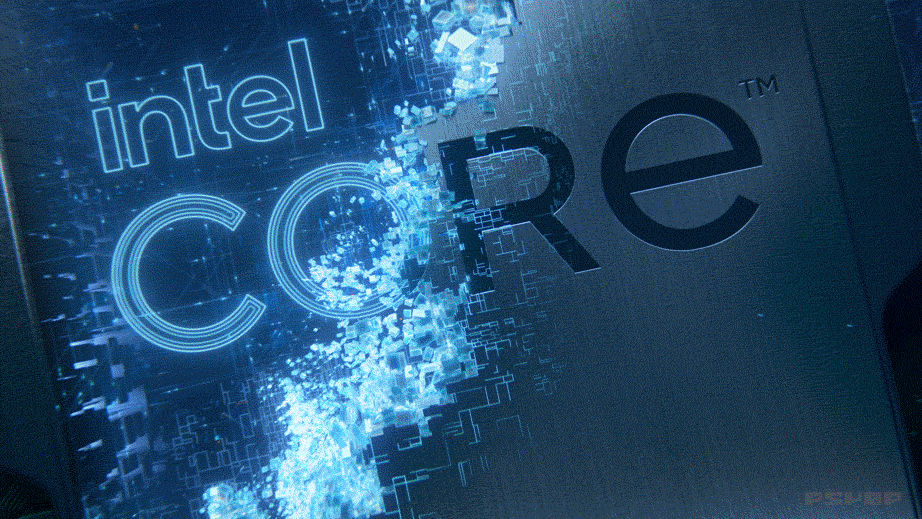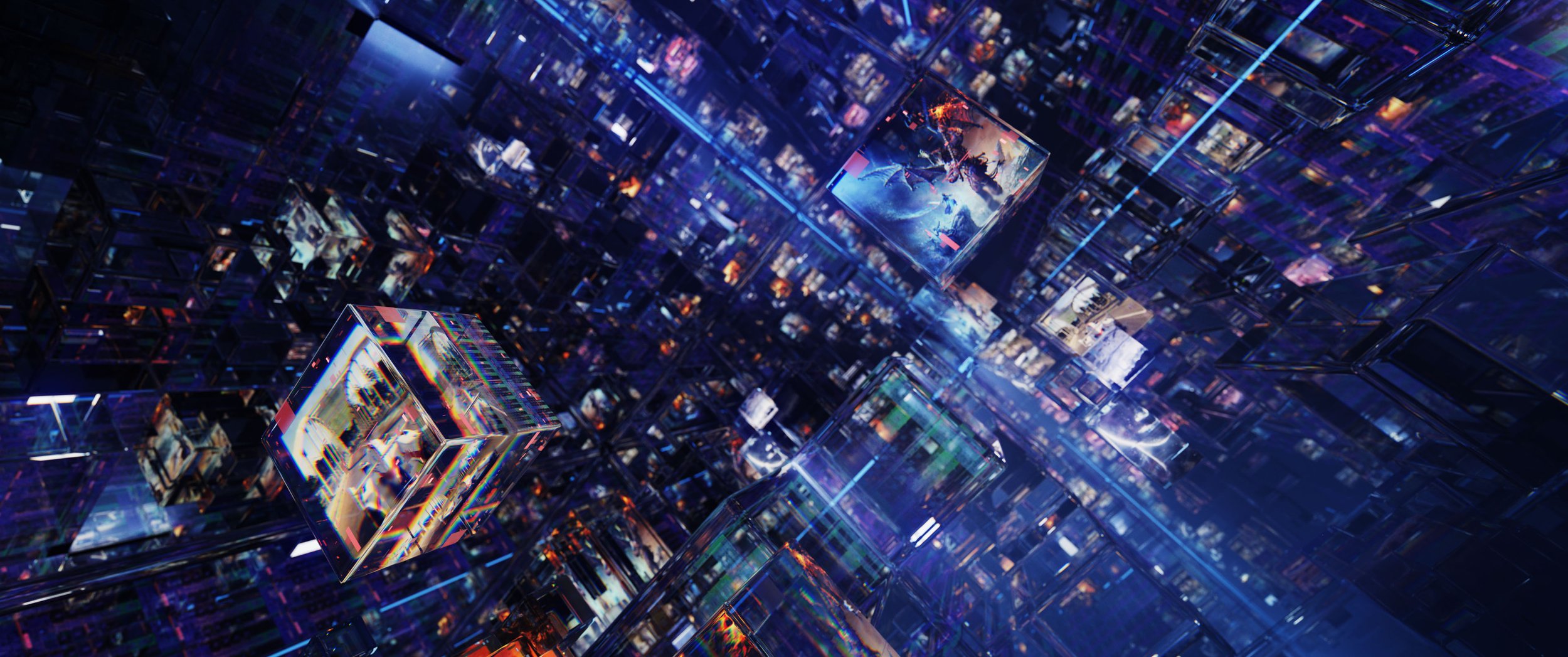INTEL — 13th DIMENSION
PSYOP, 2022
Concept Art | Sequence Design | Look Development
I had the opportunity to join Psyop on a project that aimed to showcase the revolutionary capabilities of Intel's new 13th generation processors. Psyop was tasked with the ambitious concept of immersing viewers in a new dimension that would highlight the chips' advancements. My role on the project was to create concept art and design sequences specifically for the world inside the chip. Working alongside the team at Psyop, I delved into the concept of the project, translating it into key art and design sequences. The objective was to take viewers on a journey, giving them a glimpse into the innovative capabilities of Intel's processors.
into the 13th dimension
A key objective of the project was to craft an immersive intro sequence that would transport viewers into the intricate structure of the chip, leading them to the 13th dimension at a microscopic scale. In this dimension, they would discover a virtual structure teeming with content and computational tasks. Our task was twofold: to establish a visually captivating journey into the chip, as well as to effectively convey the complex structure and processes unfolding within it.






NETWORK LOOK DEVELOPMENT
To create the intro sequence, we began by deconstructing the scene into its essential components, with one crucial element being the structure that would house the content blocks and computation tasks. Through an iterative process, we explored numerous possibilities, ultimately arriving at the solution that is showcased in the final sequence.


CONTENT BLOCKS
In the final stage, our focus shifted towards visualizing the content within the structure. Building upon Intel's existing language of glass cubes, we aimed to expand and enhance the visual vocabulary by developing a more intricate system of refractive blocks. These blocks would serve as both containers for the content and conveyors of a sense of speed and information transfer, adding depth and richness to the visual experience.
























